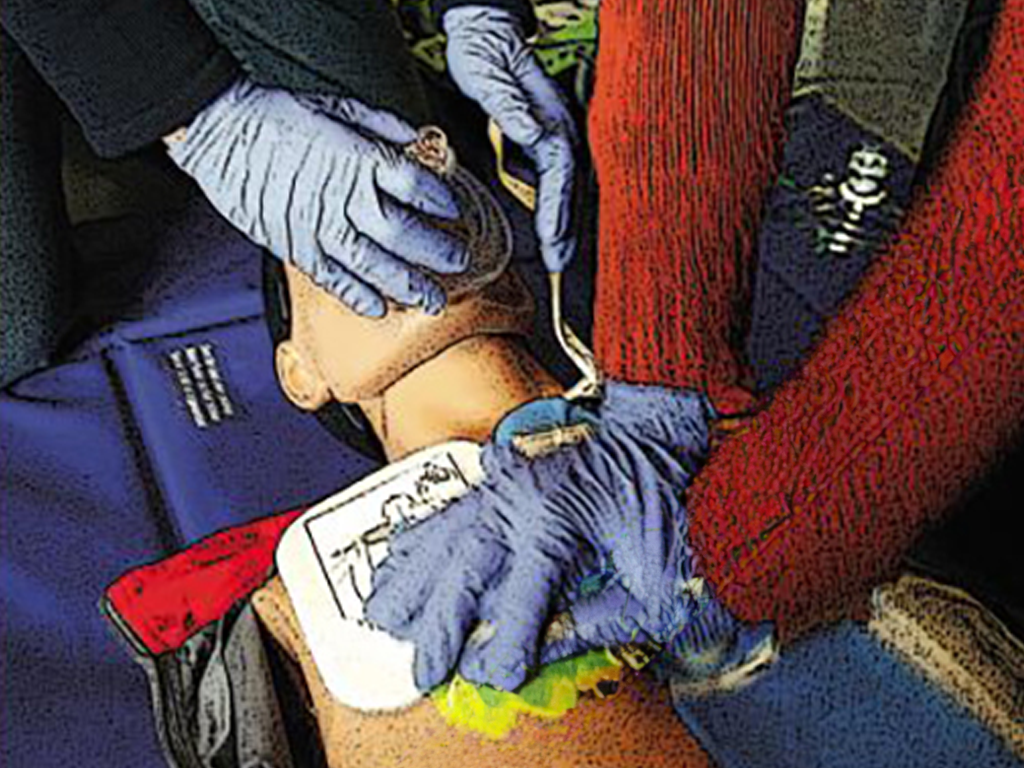 Geography
Geography


46502146 / 55501771
Climate Phenomena
Impact of El Nino on the Weather
Weather, atmospheric condition and climate must be clearly distinguished.
Weather describes the current state of the atmosphere surrounding us in a certain place.
That means that the weather may change by the day or even at hourly intervals, and that the weather on Earth differs considerably.
Our Earth is surrounded by a thick envelope of air which is composed of different layers. This envelope of air is called atmosphere.
The weather takes place in the lowest layer of the atmosphere, the troposphere. Due to the Earth’s gravity, it is the densest part of the atmosphere because it contains 80 per cent of the air and almost all gaseous water, which is the moisture bound in the air.
The driving force of all weather events and the constantly revolving masses of clouds and air in the troposphere is the sun.
Through light and heat radiation the sun provides energy and is like an engine powering our weather.
So the foundations of the weather are the warming sunrays, the water in its hydrological cycle and the air which surrounds us with its pressure balancing wind flows that mix and react with one another according to simple physical laws.
When these components are available in various amounts, elemental weather phenomena such as fog, clouds, rain, snow, wind, frost and sunshine are formed.
The weather often changes daily and sometimes even several times a day and is almost never the same everywhere.
So weather is the momentarily perceptible state of the lower atmosphere, the troposphere, in a specific place at a specific time.
In the course of a year, the large-scale weather pattern can also remain the same for some days or weeks. Typical characteristics of similar weather are called atmospheric condition.


Curriculum-centred and oriented towards educational standards
Matching
Resuscitation
It can happen to anyone – of any age, in any place, at any time. Sudden cardiac arrest may quickly prove fatal. Immediate action is called for! Just remember: Check Call Press Anyone can do it. You can't do anything wrong!
Podcasting
Today, the use of new media has become a matter of course not only in everyday life – schools and teaching, too, benefit from the new technologies and methods, which support active and independent learning. Especially in computer science, ethics and language courses but also in all other subjects, modern media are a valuable pedagogic and didactic asset. This DVD uses the example of podcasts to demonstrate how the possibilities opened up by new media can be applied in the classroom and how the pupils can be taught to handle them in a competent and target-oriented manner. The film is aimed at supporting the use of podcasts at school and encourages making them. This also requires the ability to find information on the Internet and assess it. The film informs on the functionality of podcasts and technical background as well as on the teaching and learning possibilities offered by podcasts – ranging from specific contents to superordinate learning targets such as the advancement of creativity and team spirit. The DVD is a useful support for teachers applying new media and wishing to show their pupils how to handle Running Time: 20:29 ms them in a sensible way.
Internet Addiction
The film consists of two parts. The first part is the 15-minute short film “In the Net”. It describes the problem of excessive Internet use in a humorous way, in particular the risk of losing touch with reality when chatting. The second part illustrates with three real persons how Internet addiction can develop and the problems encountered by those who are afflicted. The authentic statements are commented by an experienced therapist. For many pupils, the issues addressed here are related to their everyday lives. What is a “sensible” use of the Internet, where does pathological addiction start? In contrast to addiction to alcohol, nicotine or drugs, the public seems to be largely ignorant of the problem of this addiction, which is not related to any substance abuse. The film provides material for discussion in the classroom (crossdisciplinary) and can be used as a basis for the formulation of prevention strategies.









